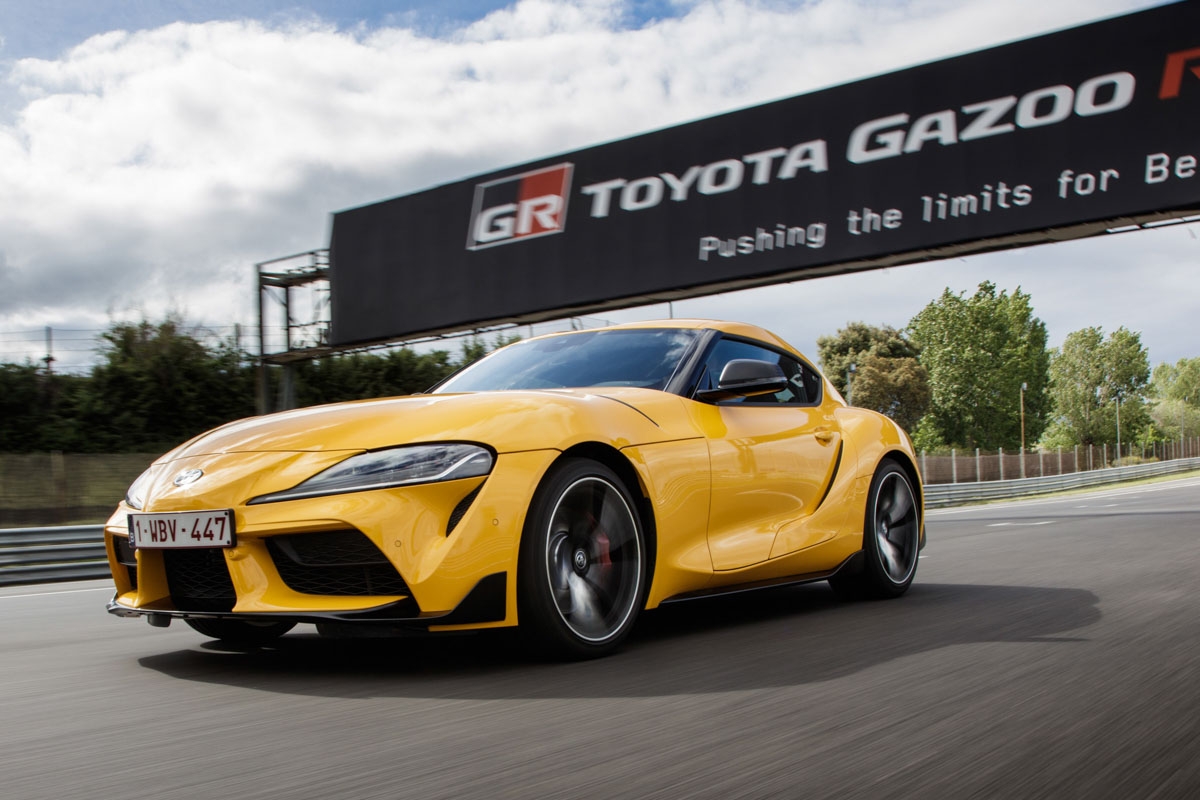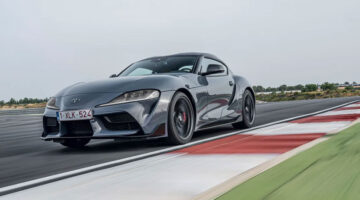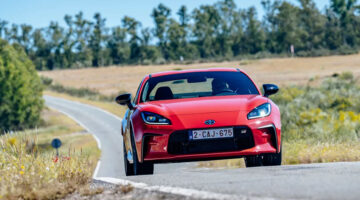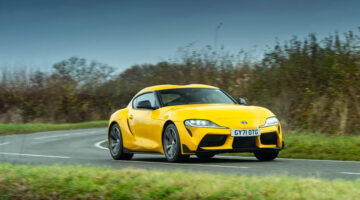On first impressions, it’s worth the wait – but we’ll reserve final judgement on local roads against some tough rivals…
| Strong performance, well-judged ride and handling | |
| Not as engaging as we’d like, no manual gearbox option |
The new Toyota Supra – officially the Toyota GR Supra, sold under the Gazoo Racing banner – is probably one of the most anticipated new cars of the last decade or more.
Its gestation has been long and drawn out, and many of you have probably already come to your own conclusions on its styling or BMW-related provenance, but ultimately all that matters is how it drives.
This is our first taste behind the wheel on both road and track. The road behind has been long and arduous, but the road ahead won’t be easy for the Supra either…
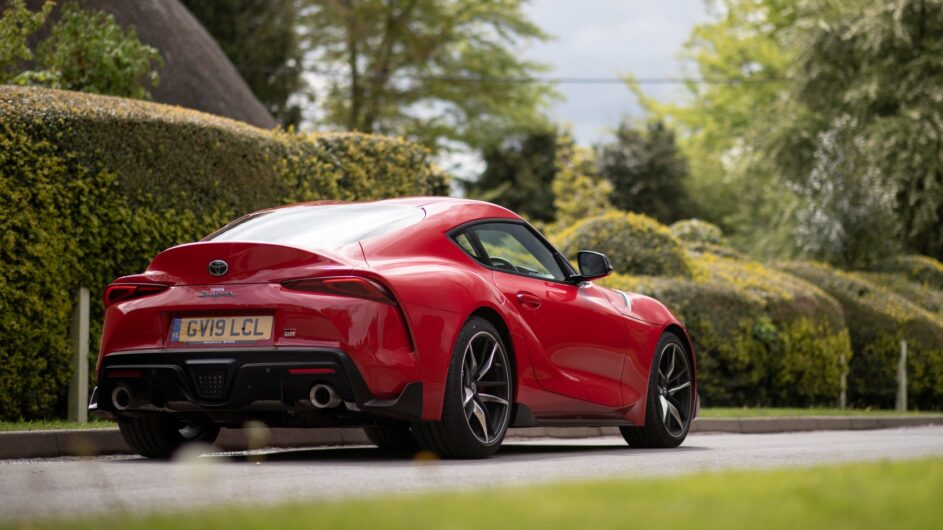
Engine, transmission and 0-100 time
You probably already know what’s under the long bonnet. Toyota was insistent on using an inline-six for the new Supra – it’s been a common thread to the car since day one – and this engine choice was one of the key reasons Toyota teamed up with BMW to develop the platform. Using an existing straight six has, claims chief engineer Tetsuya Tada, shaved a good few years off the car’s development time.
The 2998cc unit features twin overhead cams, variable valve control and variable camshaft timing, a single twin-scroll turbocharger, and direct injection. Peak power of 335bhp is developed from 5000-6500rpm, and the ‘six develops 369lb ft of torque from 1600-4500rpm.
And anyone familiar with BMW’s recent straight-six models will instantly recognise the Supra’s tone and behaviour, whether accelerating gently out of a junction or gunning it through the gears. This, perhaps, is something the aftermarket will work hard to find its own solutions for.
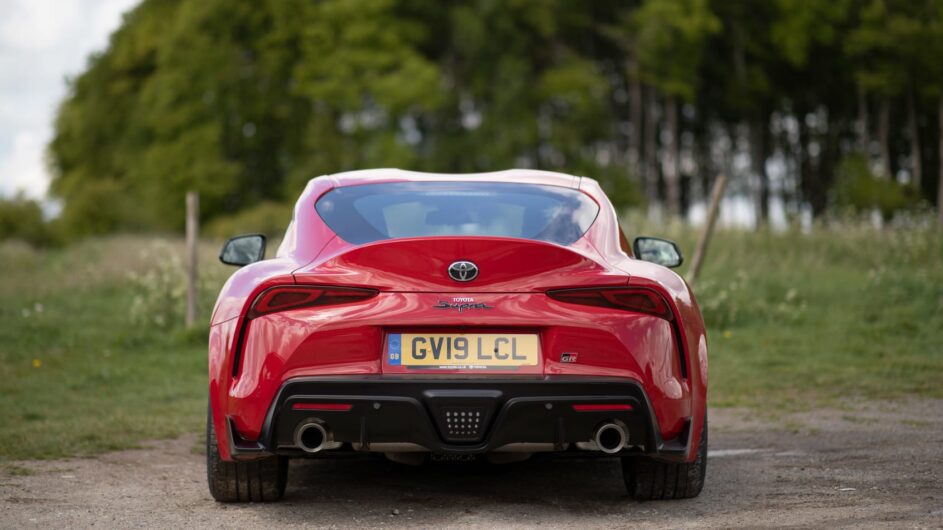
Still, there are worse engines to use than BMW’s recent sixes, and while some may be disappointed with the Supra’s overall power figures, it’s still an entertaining engine to extend, whipping up to the red line in a flash – 100kph comes up in 4.3sec, top speed is limited to 250kph – and snapping into the next gear with each tweak of a gearchange paddle. It’s similarly swift on the way down, accompanied by the occasional exhaust crackle and backed by powerful, feelsome and admirably fade-resistant brakes.
We can’t help feeling that a manual ‘box would add to the boisterous, mini-muscle-car feel, and give the car a USP in a class where manuals are increasingly rare (though BMW itself still offers one in the M2…), but Tada says a manual hasn’t been ruled out – it just needs to know there’s genuine demand for one.
Technical highlights
The Supra isn’t, as you might have been led to believe, just a BMW with different bodywork, even if you’ll find the odd BMW-stamped bit of plastic if you’ve got too much time on your hands.
Both Supra and Z4 necessarily share some components (including the obvious drivetrain elements), but after the basic specifications were decided – and Toyota played a key role in making sure the platform was that of a sports car, rather than BMW’s preferred choice of a more profitable cruiser – each company went its own way with development, using its own engineers and test drivers. And stylists, clearly – there really isn’t a lot of similarity between the GR Supra and new Z4.
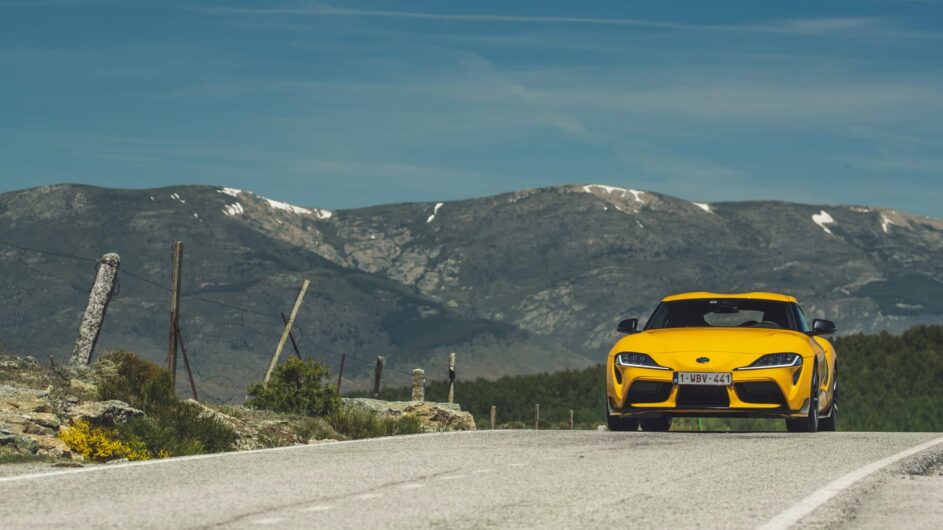
What’s it like to drive?
Praise be, it’s good. Not life-changing good, and possibly not even Porsche 718 Cayman good (engine aside), but certainly worth-the-wait good. More importantly, it has enough unique characteristics to stand out in a class diverse enough to include Caymans, Alpine A110s and its close relations from BMW.
Firstly, it gets the basics right. Whatever you think of the styling it has presence for such a compact shape, and the traditional sports-car proportions sit you low behind an extended bonnet and virtually above the rear axle, gripped by prominent seat bolsters and behind an almost vertically-placed wheel. Good start.
There’s arguably enough in here for it not to feel like a BMW cabin too. The switchgear, aircon controls and small details like display screen fonts feel (and are) very BMW, but the thin-rimmed steering wheel, the seats and the overall ambience has enough character to differentiate it from its Bavarian cousins.
German roots might be apparent in the drivetrain, but the Supra’s talented rear-drive chassis has its own character, and justifies Toyota’s claims that once the basic platform details were ironed out, each team went completely its own way with development.
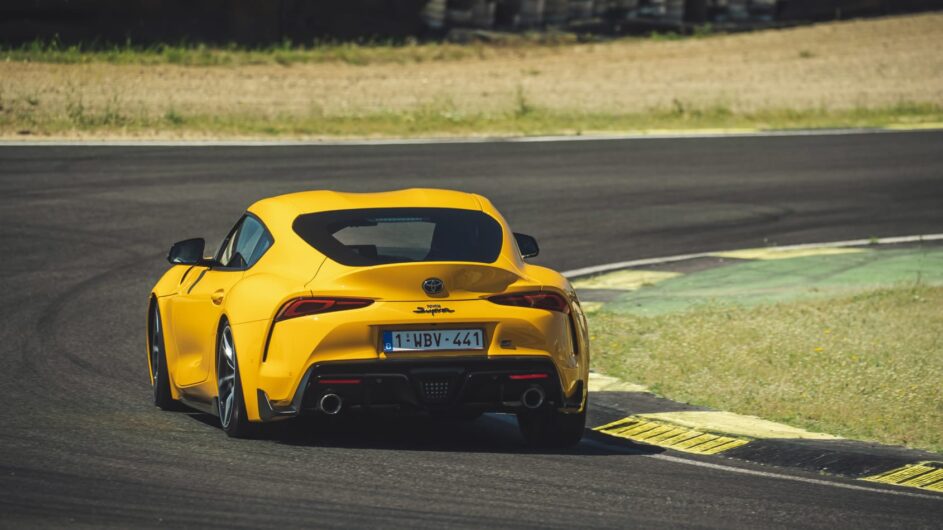
The steering is lighter and more delicate than recent BMWs, and while it doesn’t come alive with feedback at road-going speeds, feel increases as you work the tyres harder, as you might on a circuit – and it’s always accurate. There are times when you can feel the car’s weight, as the chassis takes a moment to settle in quick direction changes, but the short wheelbase undoubtedly aids agility without feeling knife-edged.
There’s strong grip to lean upon when turning in and plenty of traction on the way out of corners too, and when the rear tyres do break loose they do so predictably – more so than Toyota’s own GT86, in fact. One surprise is the ride quality, which felt mature over broken surfaces, aided by an ultra-stiff bodyshell that gives the Supra a real sense of integrity. If we’re being picky, the balance is probably slightly too far weighted in favour of grip over power, but it doesn’t stop the Supra being a fun and involving drive.
Given a final layer of interaction (through greater steering feedback and a manual gearbox, say) and a more unique aural character to distance it from BMW’s own efforts, and even the internet would have a tough job complaining about it…
Price and rivals
Supra pricing starts at $68,066 in standard trim, with Pro specification lifting this to $70,000 on the nose. Both cars are well-equipped, but Pro adds niceties such as leather trim, 12-speaker JBL premium audio, a head-up display and a few other toys. Toyota expects virtually all customers to opt for Pro given the small price difference, but if you’re one of the handful that doesn’t, you’re not losing out much.
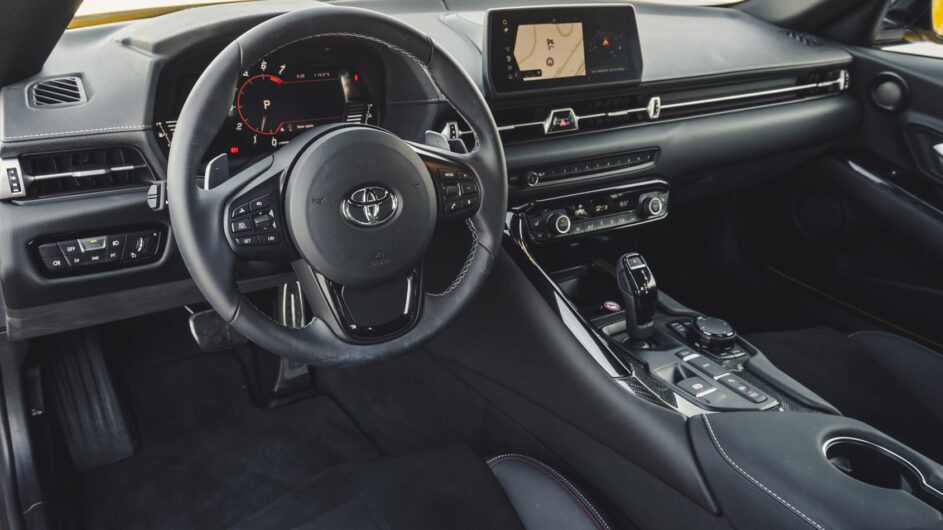
The Supra’s $65k-plus tag puts it in the same ballpark as a handful of other key sports cars. Toyota says its key rival is the Porsche 718 Cayman, with the Cayman S closest in price at $68,500 and offering similar performance. Importantly for some, the Cayman has a manual gearbox option, but it does lack a six-cylinder engine these days. Its chassis just about makes up for it, but there’s no doubt the Supra is in a stronger position for Porsche’s folly.
Toyota doesn’t class the Z4 as a rival, but for information, a M40i First Edition begins at $90,760. Perhaps more relevant is the M2 Competition, which begins at a compelling $64,335 and produces more power, though on paper at least there’s little difference in performance – we’ll need to get the pair together to decide where each sits in the sports car hierarchy.
This article originally appeared at evo.co.uk
Copyright © evo UK, Dennis Publishing

